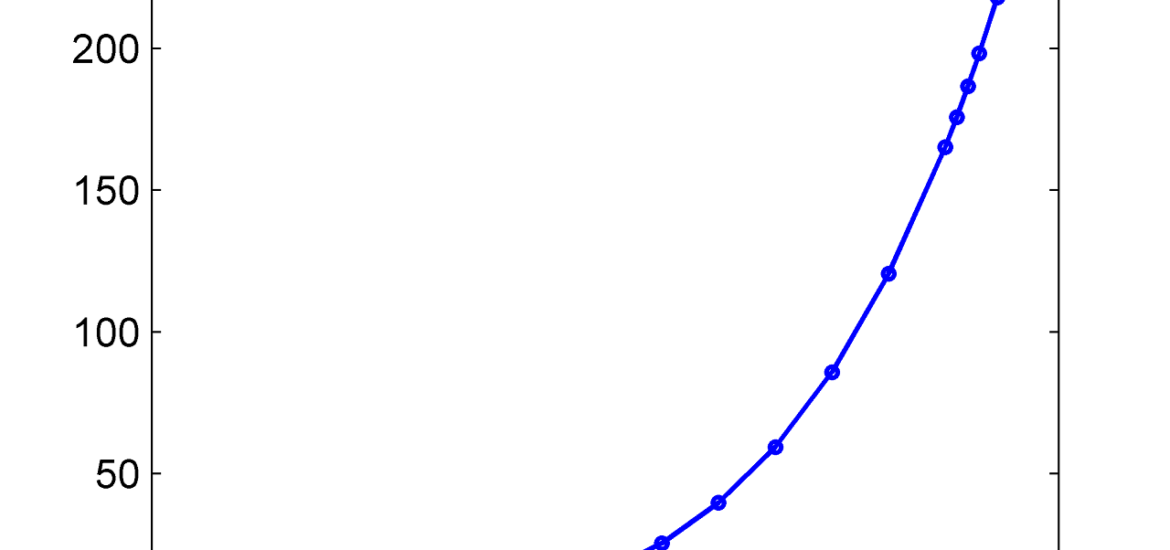Evaporator saturation temperature is a crucial aspect of any refrigeration or air conditioning system. But what is it, and why should you care? In this article, we’ll explore the ins and outs of this vital concept, helping you understand its importance and how it affects the efficiency of your cooling system.

Table of Contents
Introduction to Evaporator Saturation Temperature
First things first: what is evaporator saturation temperature? Simply put, it’s the temperature at which a refrigerant changes from a liquid to a gas in the evaporator coil. This process is essential for cooling systems to work effectively. The role of evaporator saturation temperature in the refrigeration cycle cannot be overstated, as it directly impacts the system’s performance and efficiency. Curious to learn more? Let’s dive deeper!
Factors Affecting Evaporator Saturation Temperature
Did you know that various factors can influence evaporator saturation temperature? Understanding these factors can help you optimize your cooling system for maximum efficiency. Let’s take a closer look at some of the key elements affecting evaporator saturation temperature.
Refrigerant Type
Choosing the right refrigerant is essential, as each type has its unique properties. Some common refrigerants include R-22, R-410A, and R-134a, to name a few. The refrigerant you select will have a significant impact on your system’s saturation temperature, as well as its overall efficiency and environmental impact. So, what’s the best choice for you? Weighing the pros and cons of each refrigerant is a crucial step in making an informed decision.
Operating Conditions
Have you ever considered how factors like ambient temperature and system load can affect your evaporator saturation temperature? As operating conditions change, so too does the saturation temperature. By understanding how these fluctuations impact your system, you can make adjustments to maintain optimal performance.
Evaporator Design
It’s not just the refrigerant and operating conditions that matter—evaporator design plays a significant role as well. Factors like construction materials, surface area, and coil design all contribute to the overall performance of your system. Are you ready to explore the world of evaporator design? Let’s dive in!
Read our other articles on evaporators in refrigeration – Evaporators in Refrigeration: Easy Guide to Understanding Your Fridge’s Unsung Hero
Measuring and Monitoring Evaporator Saturation Temperature
Now that we understand the importance of evaporator saturation temperature, how can we measure and monitor it? From thermodynamic principles to various instruments and methods, let’s investigate the tools and techniques available to keep tabs on this critical parameter.
Thermodynamic Principles
Did you know that the pressure-temperature relationship can help us determine evaporator saturation temperature? Using pressure-enthalpy diagrams and some basic thermodynamics, we can calculate the saturation temperature with ease. Who knew science could be so cool?
Instruments and Methods
When it comes to measuring and monitoring evaporator saturation temperature, a variety of instruments can help. From pressure gauges and temperature sensors to data logging and monitoring systems, there’s no shortage of tools to keep you informed. So, what are you waiting for? Let’s get started on the journey to better understanding and control of your cooling system!
Applications and Implications of Evaporator Saturation Temperature
Understanding evaporator saturation temperature isn’t just for the sake of knowledge; it has real-world applications and implications that can impact your cooling system’s performance, efficiency, and even the environment. Ready to learn more? Let’s explore some of the fascinating ways that evaporator saturation temperature affects our lives.
System Efficiency
Did you know that evaporator saturation temperature can have a significant impact on cooling capacity, energy consumption, and operating costs? By optimizing this crucial parameter, you can achieve a more efficient system that saves both money and energy. Plus, it doesn’t hurt that you’ll be doing your part to help the environment, right?
System Troubleshooting
When it comes to diagnosing issues with your cooling system, understanding evaporator saturation temperature is a game-changer. Symptoms of incorrect saturation temperature can include reduced cooling capacity and decreased efficiency. By identifying the common causes of deviations and employing diagnostic methods and corrective actions, you can keep your system running smoothly and efficiently.
Environmental and Safety Considerations
Refrigerants don’t just impact efficiency; they also have environmental and safety implications. Leak detection and prevention are essential for minimizing the release of harmful substances into the atmosphere. Furthermore, understanding the global warming potential (GWP) of various refrigerants can help you make more environmentally conscious choices. Are you up to date on the latest regulatory requirements and best practices? Let’s make sure you stay in the know!
Conclusion
In conclusion, evaporator saturation temperature is a critical aspect of any cooling system, with far-reaching effects on efficiency, performance, and even the environment. By understanding its importance and the factors that influence it, you can optimize your system for maximum performance and minimal environmental impact.
With ongoing research and technological advancements, the future of evaporator design and refrigeration systems is looking brighter than ever. So, what are you waiting for? Let’s embrace the power of evaporator saturation temperature and unlock the full potential of our cooling systems!